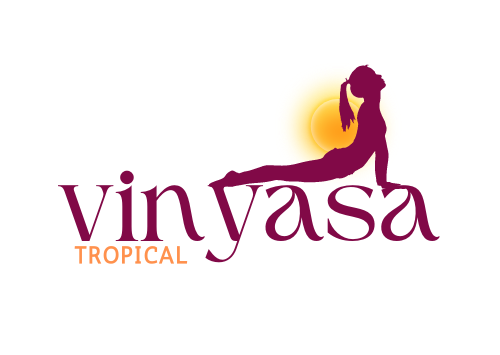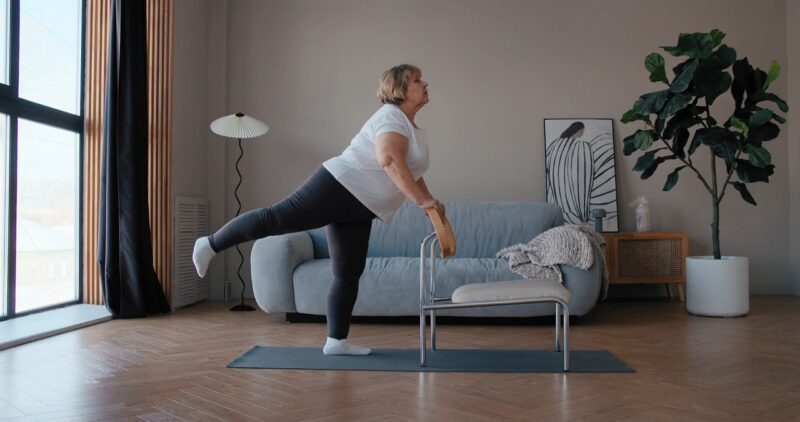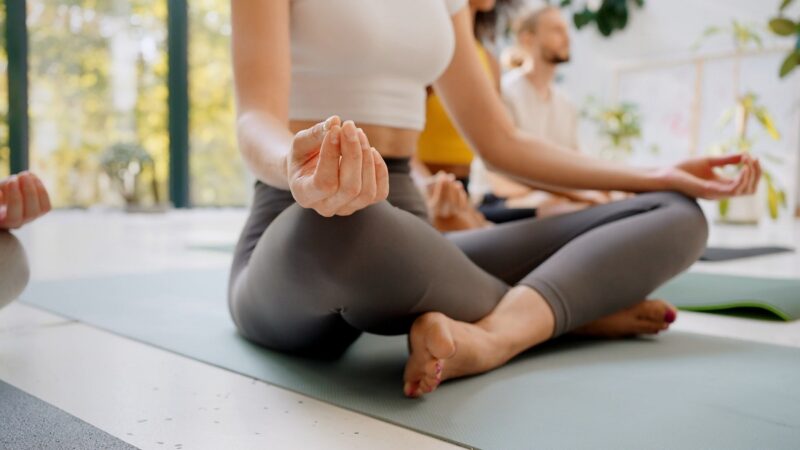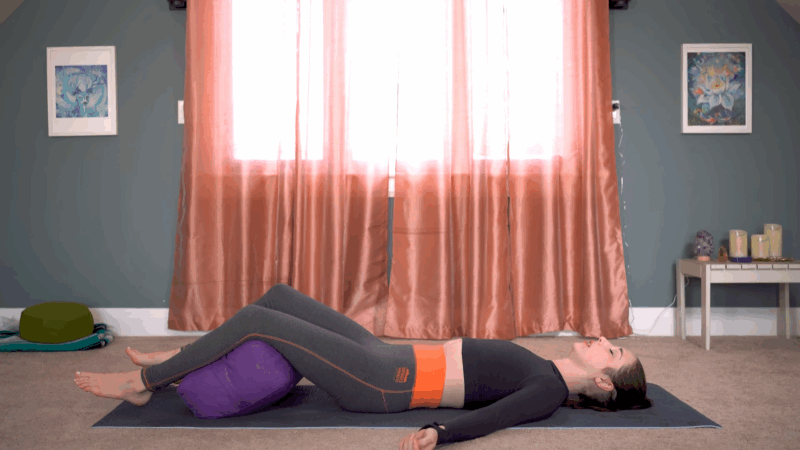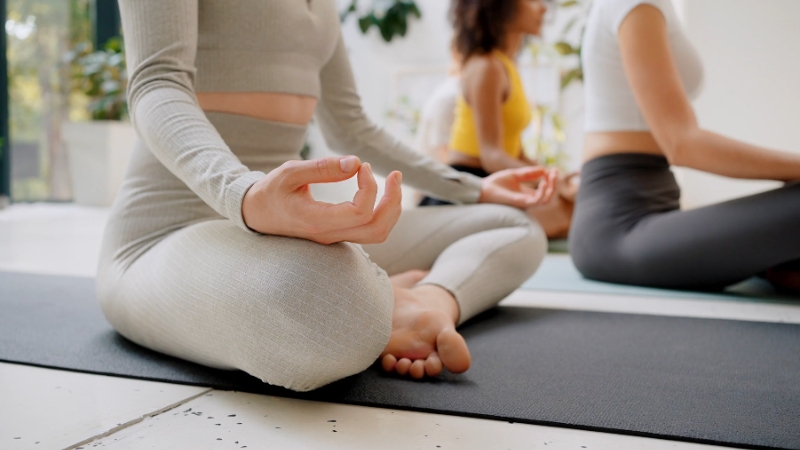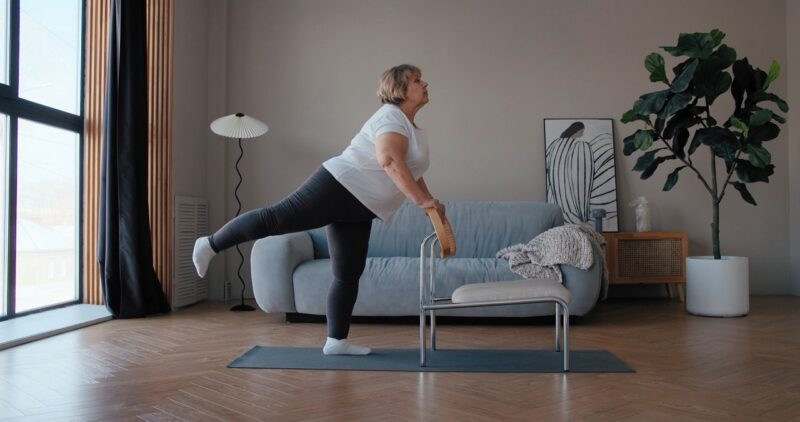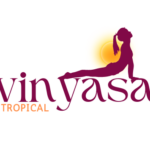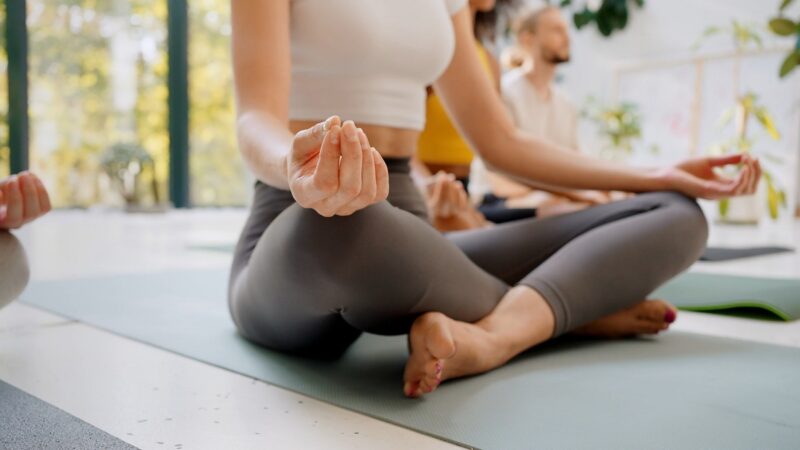
Share Post:
Post-surgery recovery yoga provides a gentle path toward healing, combining ancient wisdom with modern medical knowledge. After undergoing any surgical procedure, your body needs time, patience, and careful attention to heal correctly.
Many patients discover that incorporating specific yoga practices into their recovery plan can significantly enhance their healing process while reducing pain and stress.
Recovery from surgery presents unique challenges that vary based on the type of procedure, individual health factors, and personal healing capacity.
Traditional rehabilitation methods often focus solely on physical restoration; however, yoga offers a holistic approach that addresses both physical and mental recovery needs.
Medical professionals increasingly recognize the benefits of gentle movement practices during the postoperative period.
Benefits of Yoga After Surgery
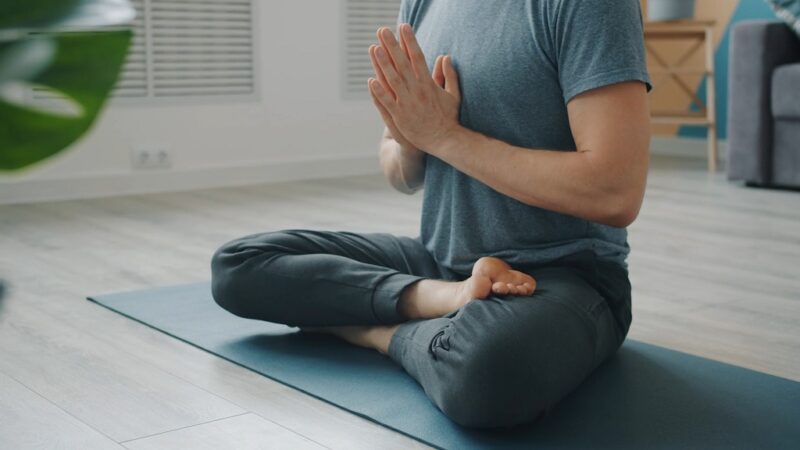
Research published in the Journal of Alternative and Complementary Medicine shows that patients who practice modified yoga during recovery experience reduced pain levels, improved sleep quality, and faster return to daily activities.
The controlled breathing techniques central to yoga practice help manage pain naturally by activating the parasympathetic nervous system.
Many surgical procedures require extended periods of bed rest or limited mobility, which can lead to blood pooling and increased risk of complications. Gentle movements and specific poses encourage healthy blood flow without placing stress on healing tissues.
Mental health benefits prove equally crucial during the recovery process. Surgery often triggers anxiety, depression, and feelings of helplessness as patients face temporary limitations.
Yoga for healing body practices incorporates mindfulness and meditation techniques that help manage emotional challenges while promoting a positive outlook on recovery.
| Recovery Benefit | Yoga Technique | Expected Timeline |
| Pain Management | Deep breathing, gentle stretches | 1-2 weeks |
| Improved Circulation | Leg elevations, arm circles | Immediate |
| Stress Reduction | Meditation, restorative poses | 3-5 days |
| Sleep Quality | Evening relaxation sequence | 1 week |
| Mood Enhancement | Mindful movement, gratitude practice | 2-3 weeks |
Patients who maintain consistent practice often report feeling more energetic and optimistic about their recovery progress.
Essential Precautions and Safety Guidelines
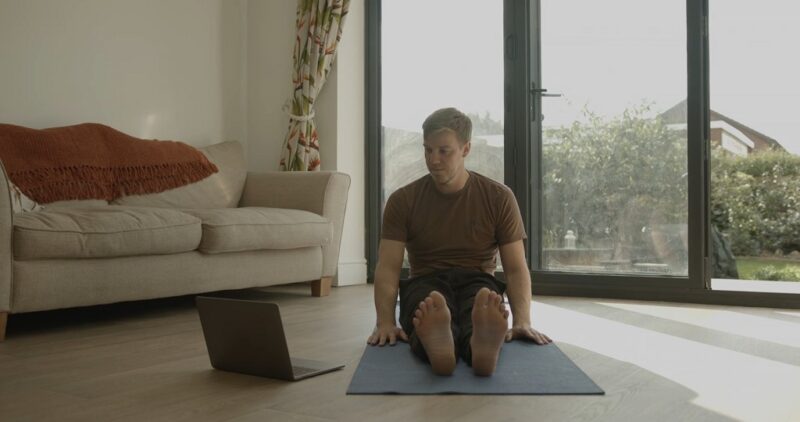
Restorative yoga post-surgery requires careful attention to safety protocols that protect your healing body. Never begin any yoga practice without explicit approval from your surgeon or primary care physician.
Each surgical procedure creates specific limitations and risks that only your medical team can properly assess based on your circumstances.
Timing becomes crucial when introducing movement after surgery. Most medical professionals recommend waiting at least 48 to 72 hours after minor procedures before attempting any yoga poses.
Major surgeries may require several weeks of complete rest before gentle movement becomes appropriate. Your surgical site requires sufficient time to initiate the initial healing process before any stretching or movement occurs.
Start with the most basic poses and progress gradually as your body demonstrates readiness. Pain should never be your guide for determining intensity; instead, focus on comfort and ease throughout each movement.
Sharp, sudden, or increasing pain signals the need to stop immediately and consult your healthcare provider.
Environmental considerations play a crucial role in ensuring safe practice. Select a clean, quiet space with sufficient room to move around without risk of falling or bumping into objects.
Keep your phone nearby for emergencies, and consider having a family member or friend present during your first few sessions.
Avoid inversions, deep twists, and any poses that place pressure on your surgical site during the initial recovery period. Hot yoga, power yoga, and vigorous styles are not recommended until you receive full medical clearance.
Listen to your body signals and never attempt to match your pre-surgery practice level during the early recovery phase.
Safe Yoga Poses for Early Recovery
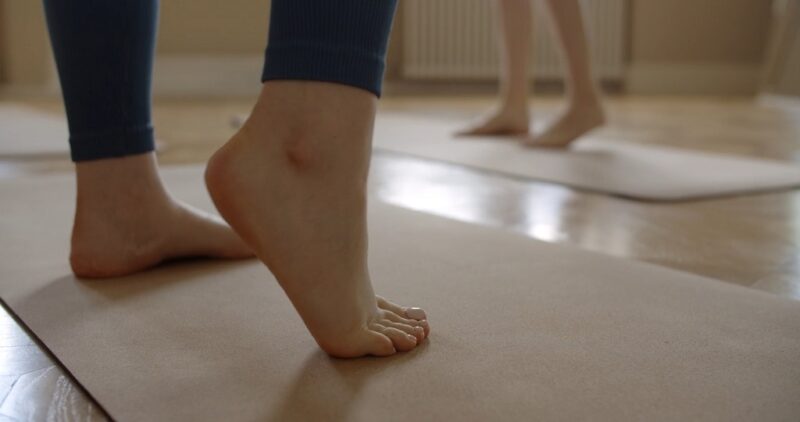
Supported Child Pose serves as an ideal gentle stretch that opens the hips and stretches the back without placing strain on most surgical sites.
Use pillows or bolsters under your torso for additional support, and avoid the pose entirely if you have had abdominal or chest surgery. Hold for 2-3 minutes while focusing on deep, steady breathing.
Gentle Neck Rolls help relieve tension that accumulates from extended bed rest and the side effects of pain medication. Sit comfortably and slowly move your head in small circles, changing directions every few rotations.
Stop immediately if you experience dizziness or sharp pain, as these may indicate complications requiring medical attention.
Ankle Circles and Calf Raises promote circulation in the lower extremities and help prevent blood clots. Perform these movements while lying down or sitting, completing 10-15 repetitions in each direction.
Physical therapy and yoga often share these fundamental movements because they provide essential benefits with minimal risk.
Supported Bridge Pose offers gentle back strengthening when performed with proper modifications. Place a pillow or yoga block between your knees and lift your hips only as high as feels comfortable.
Hold for 15-30 seconds and gradually increase duration as your strength returns.
Arms circles and shoulder blade squeezes help address upper body stiffness that can develop during recovery. Start with small movements and gradually increase the range of motion as comfort allows.
Modified Poses for Different Surgery Types
Abdominal surgery patients need poses that avoid putting pressure on the incision site while still promoting gentle movement. Supine positions with knees bent provide comfort while allowing for gentle twists and stretches that support digestion and circulation.
Orthopedic surgery recovery demands careful attention to weight-bearing restrictions and joint limitations. Hip replacement patients must avoid deep flexion and crossing the surgical leg over the midline of the body.
Modified warrior poses performed with chair support allow for gentle leg strengthening without compromising surgical repairs.
Post-cardiac surgery modifications require special attention to sternum healing and monitoring of cardiac function. Wall-supported poses replace traditional standing poses, and arm movements stay below shoulder height for the first 6-8 weeks.
Gentle walking meditation often provides better cardiovascular benefits than static poses during the early stages of cardiac recovery.
Breast surgery patients benefit from gentle arm and shoulder movements that prevent adhesions and maintain range of motion. Wall slides and gentle arm circles performed within pain-free ranges help prevent stiffness while respecting tissue healing requirements.
Avoid poses that stretch the chest muscles or place weight on your arms until you have received medical clearance.
| Surgery Type | Recommended Poses | Poses to Avoid | Special Considerations |
| Abdominal | Supported child pose, gentle twists | Deep backbends, core work | Avoid pressure on the incision |
| Orthopedic | Chair-supported poses, gentle range of motion | Weight-bearing on the affected area | Follow weight restrictions |
| Cardiac | Wall-supported poses, breathing exercises | Arms overhead, intense poses | Monitor heart rate |
| Breast | Gentle arm circles, wall slides | Chest-opening poses | Respect tissue healing |
Gentle prone press-ups may be appropriate for some lumbar procedures, but always confirm with your surgeon before attempting any spinal movements.
Breathing Techniques for Recovery
Deep diaphragmatic breathing activates the rest and digest response of your nervous system, promoting healing and reducing stress hormones that can interfere with recovery. Practice this technique several times daily, especially when experiencing discomfort or anxiety.
Three-Part Breath teaches you to breathe into your belly, ribs, and chest sequentially, promoting full oxygen exchange and relaxation. Lie comfortably with one hand on your chest and the other on your abdomen.
Breathe slowly and deeply, ensuring the hand on your belly rises first, followed by gentle expansion of the ribs and chest.
Extended Exhale Breathing helps manage pain and promote sleep by activating the parasympathetic nervous system. Inhale naturally and then exhale for twice the length of your inhale.
Begin with a 4-count inhale and an 8-count exhale, adjusting the timing to suit your comfort level.
Box breathing provides structure and focus during challenging moments of recovery. Inhale for four counts, hold for four counts, exhale for four counts, and hold empty for four counts.
Repeat for 5-10 cycles, adjusting the count length based on your lung capacity and comfort.
Humming or bee breath creates vibrations that can help reduce pain perception and promote relaxation. After exhaling completely, take a deep breath and hum gently as you exhale.
The vibrations create a soothing effect that many patients find helpful during uncomfortable recovery periods.
Creating a Sustainable Recovery Practice
The Week 1-2 Protocol focuses on breathing exercises and gentle range-of-motion movements. Limit sessions to 5-10 minutes and prioritize rest between movements.
Your primary goals include maintaining circulation, preventing stiffness, and managing stress through mindful breathing.
Week 3-4 Progression may allow for slightly longer holds and additional poses, depending on your surgical type and healing progress.
Continue to avoid any movements that cause pain or discomfort, and maintain open communication with your healthcare providers about your activity level.
Month 2+ Advancement can include more traditional yoga poses with continued modifications as needed. Many patients find that they can return to gentler forms of regular yoga practice, although limitations may remain permanent, depending on the surgical procedure.
Create a dedicated space that remains consistent and supportive of your practice goals.
Warning Signs and When to Stop

Medical recovery yoga requires constant attention to your body signals and immediate response to concerning symptoms.
| Warning Sign | Description | Immediate Action Required |
| Sharp, Sudden Pain | Pain that differs from general recovery discomfort | Stop practice immediately, rest, and contact a healthcare provider |
| Increasing Pain | Pain that worsens during or after yoga sessions | Cease all movement, allow more rest time before resuming |
| Dizziness/Lightheadedness | May indicate low blood pressure or dehydration | Stop practice, rest in a supported position, and seek medical evaluation if persistent |
| Nausea | Often related to medication side effects or overexertion | Discontinue practice, rest, and contact the provider if symptoms continue |
| Surgical Site Changes | Increased redness, swelling, warmth, or drainage | Immediate medical attention is required regardless of yoga practice |
| Shortness of Breath | Breathing difficulty beyond the expected gentle exercise response | Stop all activity, seek immediate medical evaluation |
| Chest Pain | Any chest discomfort during practice | Emergency medical care is required immediately |
| Severe Abdominal Pain | Intense pain in the abdominal region | Stop all activity, seek emergency medical attention |
| Loss of Consciousness | Fainting or near-fainting episodes | Emergency medical care is needed immediately |
| Severe Bleeding | Any significant bleeding from the surgical site | Emergency medical attention is required |
| Blood Clot Signs | Leg swelling, warmth, pain, or redness | Emergency medical evaluation is needed immediately |
| Severe Emotional Distress | Intense anxiety, depression, or panic during practice | Stop practice, seek professional support if symptoms persist |
FAQ
How do I know if a yoga pose is too advanced for my recovery stage?
Any pose that causes pain, increases swelling, or makes you feel dizzy or nauseous is too advanced for your current stage of recovery. Your practice should feel gentle and supportive, never challenging or uncomfortable, during the healing process.
Can I practice yoga if I have surgical drains or medical devices?
Yoga practice with surgical drains, catheters, or other medical devices requires specific approval and guidance from your surgical team.
Movement restrictions vary significantly based on device type and placement, and your medical providers must evaluate the safety of any physical activity.
How can I manage pain during yoga practice without medication?
Breathing techniques, gentle movement, and relaxation practices can help manage mild discomfort during yoga sessions.
However, adequate pain management often requires prescribed medications during early recovery, and you should never attempt to replace necessary pain medication with yoga practice alone.
What should I do if I feel emotional during post-surgery yoga practice?
Emotional responses during recovery yoga are completely normal as your body and mind process the surgical experience.
Allow yourself to feel emotions without judgment, stop practicing if needed, and consider speaking with a counselor or support group if emotional distress becomes overwhelming.
Related Posts:
- Chair Yoga for Seniors: A Safe and Effective Practice Guide
- 10 Easy 2-Person Yoga Poses for Beginners - Sync…
- Should You Do Yoga with Hernia? Poses to Try And…
- 10 Must-Try Yoga Wheel Poses for a Complete Body Workout
- Yoga for Migraine Relief - Calming Poses to Ease the Pain
- What Is Somatic Yoga and How Does It Work? -…

